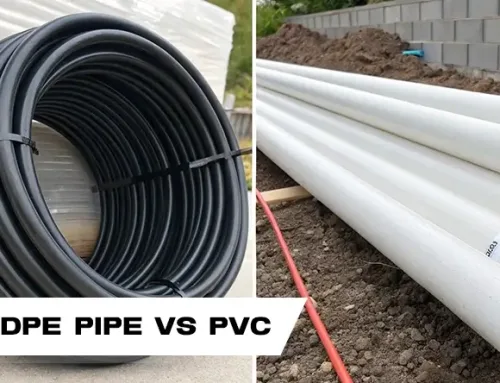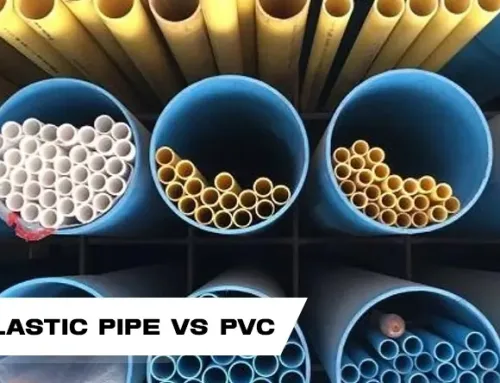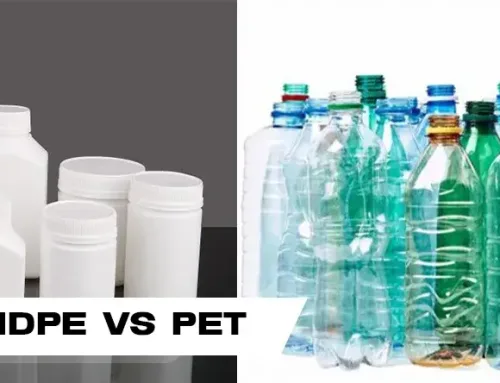Expanded Polystyrene, often known as EPS, is widely used in products like packaging, insulation, and even disposable cups. But with growing concerns about environmental impact and health risks, many wonder: Is expanded polystyrene toxic? While it’s a popular material, its potential risks to both humans and the environment are worth considering. From accidental ingestion to the release of harmful chemicals when heated, there are multiple factors to examine. In this article, we will dive into the question of whether EPS poses any danger to human health, pets, and the planet, as well as how it reacts under various conditions. By the end, you’ll have a clearer understanding of whether this seemingly harmless material is actually something to be cautious about.
What Is EPS and How Is It Used?
When people ask Is expanded polystyrene toxic, it’s often because they come across this material in so many everyday situations. Let’s begin with the fundamentals—what is expanded polystyrene, really?
EPS, short for expanded polystyrene, is a light, white, foam-textured substance created by expanding polystyrene beads through a process involving steam and air. It’s incredibly versatile and inexpensive, which is why it’s used almost everywhere—from coffee cups and takeout containers to insulation panels and product packaging. If you’ve ever opened a new appliance and found those squishy white blocks protecting it—that’s EPS.
One of the reasons Expanded Polystyrene is so widely used is its excellent insulating properties. It keeps hot things hot, cold things cold, and fragile things safe. It also resists moisture, doesn’t rot, and is super lightweight, making it ideal for shipping and construction.
But despite these perks, EPS is not biodegradable and raises concerns about environmental pollution, especially in oceans and landfills. And that’s where health and safety questions come in. Because it’s so common, people naturally wonder if exposure to EPS might be harmful.
If you’re wondering Is expanded polystyrene toxic, the first step is understanding what EPS is and how it’s used in everyday life.
Is expanded polystyrene toxic to humans?
A common concern is the question “Is expanded polystyrene toxic to humans?”, especially when we’re constantly exposed to it through food containers, cups, or even building insulation. The short answer? Under normal conditions, EPS is generally considered safe for everyday use. It’s chemically stable and doesn’t easily break down or release toxins at room temperature.
However, problems can arise when it’s burned or exposed to high heat. In those situations, it may release styrene—a chemical that has been linked to potential health issues in high doses or prolonged exposure. Still, the average person using EPS products occasionally is unlikely to be affected.
That said, in the face of the concern “Is expanded polystyrene toxic“, caution is wise—especially in how we use and dispose of EPS—since long-term environmental and health impacts are still being studied.
Is expanded polystyrene toxic to babies?
One of the most important questions for parents is the question “Is expanded polystyrene toxic to babies?”, especially since little ones love to explore the world by putting things in their mouths. EPS itself is not classified as highly toxic, but it’s definitely not meant to be chewed, swallowed, or played with unsupervised.
When asking “Is expanded polystyrene toxic”, the real concern is the potential choking hazard or the possibility of tiny particles being inhaled or ingested. Additionally, if a baby is exposed to EPS that has been heated or damaged, there’s a chance that harmful chemicals like styrene could be released in small amounts.
So while casual contact isn’t usually harmful, it’s best to keep EPS products far from babies—just to be safe. Always opt for baby-safe, non-toxic materials for anything they touch or play with.

Is Expanded Polystyrene Dangerous for Pets Like Cats and Dogs?
Pet owners often wonder: Is expanded polystyrene toxic to cats? While EPS isn’t considered highly toxic, it can still pose risks if a curious cat chews on or swallows pieces of it. The material isn’t digestible and could cause intestinal blockage or irritation.
Similarly, Are polystyrene beads toxic to dogs is another common concern. Those tiny, squishy beads inside bean bags or stuffed toys might look fun to play with, but if a dog swallows them, they could choke or suffer from digestive issues.
Although Expanded Polystyrene doesn’t usually release harmful chemicals in small amounts, the physical dangers of ingestion are real. If your pet gets into anything containing EPS, it’s best to remove it quickly and contact a vet if anything seems off.

Is polystyrene toxic if eaten?
It’s a fair question—Is polystyrene toxic if eaten? While polystyrene isn’t meant to be consumed, accidentally swallowing a small piece typically won’t cause serious harm. It’s considered inert, meaning it doesn’t react much with the body and often passes through the digestive system without being absorbed.
That said, it’s definitely not safe to treat polystyrene like food. Eating large amounts or sharp fragments could cause choking, blockages, or irritation in the digestive tract. And in rare cases, low-level chemical exposure (like styrene) could be a concern—especially if the material was exposed to heat or chemicals before ingestion.
In short, while not acutely toxic in small amounts, the question “Is expanded polystyrene toxic” still matters—because eating polystyrene is a bad idea and should always be avoided by both humans and animals.
Is styrofoam toxic to breathe?
A lot of people ask Is styrofoam toxic to breathe, especially when they smell that faint chemical odor around EPS products or see it being cut or burned. Under normal conditions, EPS doesn’t release harmful fumes into the air. However, things change dramatically when it’s heated or burned.
When Styrofoam (a brand name for EPS) is exposed to high temperatures, it can release potentially harmful chemicals like styrene gas, which may irritate the eyes, nose, and respiratory system. Long-term exposure to high levels of styrene in industrial settings has been linked to health issues.
So, while just having EPS around isn’t usually dangerous, the question “Is expanded polystyrene toxic” becomes a real concern when breathing in fumes from melted or burned Styrofoam, which should absolutely be avoided.
Is polystyrene toxic when heated?
One common concern is the question “Is polystyrene toxic when heated?”, especially since it’s often used for food containers and coffee cups. At room temperature, EPS is stable and doesn’t pose much of a risk. But when it’s exposed to high heat—especially above 100°C—it can start to break down and release chemicals like styrene and benzene.
These substances are considered potentially harmful, particularly with prolonged exposure or inhalation of fumes. Heating EPS in the microwave or placing hot food in low-quality Styrofoam containers may cause minor chemical leaching.
While a single hot meal in a Styrofoam box probably won’t harm you, repeated use or high temperatures could raise concerns. To stay on the safe side, it’s best not to use EPS for reheating food and avoid direct exposure to heat.

Final Thoughts on EPS Toxicity
So, Is expanded polystyrene toxic? The answer depends on how it’s used. In its solid form and under normal conditions, EPS isn’t considered highly toxic and is generally safe for packaging, insulation, and short-term food contact. But when heated, burned, or broken down, it can release potentially harmful chemicals like styrene.
While occasional exposure isn’t likely to harm most people, special care should be taken with babies, pets, and food-related uses. Ingesting or inhaling EPS particles can pose physical or chemical risks, and long-term environmental effects remain a concern.
In short, Expanded Polystyrene isn’t the most dangerous material out there—but it’s not entirely harmless either. Awareness and proper usage go a long way in staying safe. When in doubt, choose safer, eco-friendly alternatives whenever possible.
Conclusion
In conclusion, expanded polystyrene (EPS) is generally safe for everyday use in its solid form, such as in packaging and insulation, but caution is warranted under certain conditions. When heated, burned, or ingested, EPS can release potentially harmful chemicals like styrene or pose physical risks such as choking or intestinal blockage, particularly for babies and pets. While occasional exposure is unlikely to cause significant harm, repeated or improper use—especially with hot foods or in high-heat environments—raises health and environmental concerns. To minimize risks, opt for eco-friendly alternatives when possible and handle EPS with care, ensuring it is kept away from pets, babies, and heat sources.







Good
Thank you for your positive feedback. We appreciate your support.